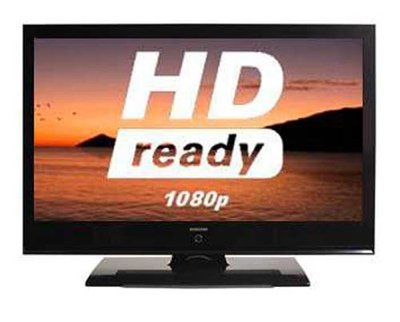Google offers a popular tool calledGoogle Maps, an online mapping service similar to MapQuest. Google uses map sources from companies like NAVTEQ and TeleAtlas, as well as satellite data from DigitalGlobe and MDA Federal, to create interactivemaps. You can use Google maps to view an address' location or get driving directions to a particular destination.
Google Maps has several view modes. The map view is a basic road map, satellite view overlays a road map on top of
satellite photos of the region,
terrain view creates a topographic map with a road map overlay, and the
traffic viewuses red, yellow and green to indicate congested major roadways in the area.
Street view mode is available in several U.S. cities. Selecting street view in such locations as Orlando, Fla., gives you the option to view photos taken from street level. You can navigate through the city by clicking on arrows in the photographs, and you can rotate your view 360 degrees.
Google Maps can also integrate business information. You can use Google Maps like a
search engine to find a business, such as "HowStuffWorks,
Atlanta, Ga.," which will show you our office's location. You can also search for general businesses. If you're in the mood to eat
sushi in
San Francisco, Calif., you can type "sushi, San Francisco," and with a click of the Search button, Google Maps will display a map of the city with several sushi restaurants tagged.
A product related to Google Maps is
Google Earth, an interactive digital globe. It uses the same satellite images licensed for Google Maps, but you must download the application and install it on your computer to access all of its functions. Google Earth requires an Internet connection to be fully functional, though you can still view locations on the globe even if you aren't connected. A scaled-back, Web-based version is also available -- you can even embed it in existing Web sites. To learn more about this program, read "
How Google Earth Works."
The
Google Toolbar is another handy add-on available for
Firefox or Internet Explorer users. The toolbar has customizable buttons. Each button maps to a particular function, which can include anything from viewing a
Web site's PageRank to translating a word from one language to another.
Google Desktop is another application you can download for free. This program lets you search your computer the way you would search the Internet using the Google search engine. You can also choose to download Google Gadgets, computer programs that integrate seamlessly into your desktop. Each gadget does something different. Gadgets include clocks, calendars, news feeds and weather reports.
SMILE, YOU'RE ON STREET VIEW!Some people feel that Google's street view function is a violation of privacy. For example, homeowners who were behind in their yard work became worried that anyone viewing pictures of their home through Google would see a messy house, making it harder to sell the property in the future. Several individuals and communities have filed lawsuits against Google, demanding that the company remove images of certain areas from street view. Leave you precious comments below if you have any suggestion for the blog or just simply to express your view.


































